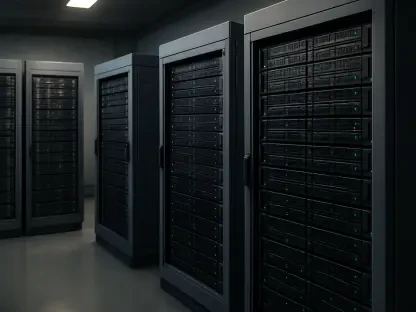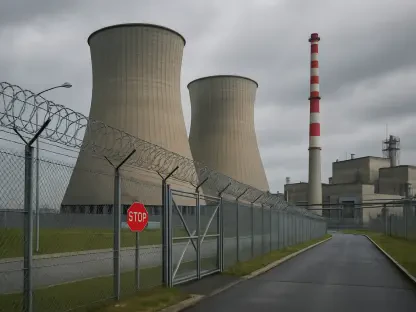In recent years, the energy sector has faced unforeseen shifts as electricity demand surges, challenging traditional paradigms of utility management. Once seen as a landscape of limited growth, the sector now encounters rapid demand increases propelled by advancements in data center technology and artificial intelligence integration across industries. These developments stretch the capabilities of existing infrastructure and call for innovative strategies to ensure a consistent energy supply.
Overview of the Utility Industry Landscape
The utility industry stands at the confluence of technological evolution and regulatory frameworks as it adapts to burgeoning demands. Comprising segments such as electricity generation, transmission, and distribution, this field remains central to economic stability and development. Major energy players, innovative technology solutions, and adherence to complex regulatory standards govern operations and guide future directions. Technology now permeates the core operations, with an emphasis on integrating renewable energy and enhancing digital grid solutions.
Industry Trends and Growth Projections
Key Trends Shaping the Utility Sector
The utility sector’s landscape is continually evolving, influenced by major trends that redefine its operations. There is a notable transition towards renewable energy resources, accelerated by technological advancements and shifting consumer preferences for sustainable options. The rise of distributed energy resources (DERs) and the increasing relevance of smart grids reshape how energy is produced and consumed, creating avenues for innovative market opportunities while emphasizing sustainability and efficiency.
Market Data and Future Outlook
Recent data reflects the changing dynamics of the utility sector, showcasing substantial growth indicators and future prospects. Electricity demand is projected to grow by 16% by 2029, signifying an urgent need for strategic planning and adaptation. Pursuing efficiency and sustainability, the market leans toward incorporating more renewable sources and advanced energy storage solutions. Future forecasts suggest continued expansion in the industry, underpinned by emerging technologies and international policy directions.
Challenges and Solutions in Managing Energy Demand
The rapid evolution of energy demand presents multifaceted challenges for utility planners. Technological hurdles include the need for robust modeling tools that accurately simulate modern grid dynamics, especially when accommodating intermittent energy sources like solar and wind. Market-driven obstacles are compounded by policy uncertainties, pushing the sector to innovate and devise new strategies. Potential solutions lie in adopting comprehensive resource adequacy approaches, deploying diverse energy resources, and enhancing demand-response initiatives.
Regulatory Environment and Compliance
Navigating the regulatory landscape remains a crucial aspect for utilities, influencing operations and strategic decisions. The sector must comply with intricate laws and standards governing energy production, distribution, and environmental impact. Regulatory changes often necessitate operational adjustments and fuel innovation across the industry. Security measures and compliance ensure system reliability, guiding utilities towards sustainable growth while safeguarding against market disruptions.
Future Directions and Opportunities
The future of the utility industry is ripe with potential, as emerging technologies and evolving consumer expectations redefine its trajectory. Opportunities lie in further integrating artificial intelligence and machine learning to optimize grid management. Innovation in areas like hydrogen energy, long-duration storage, and carbon capture presents avenues for sustainable growth. Global economic conditions and regulatory shifts will continue to inform strategic directions, presenting utilities with both challenges and opportunities.
Conclusion and Recommendations
As energy demand grows beyond expectations, the utility industry faces both challenges and opportunities. Emphasizing diverse technology integration and regulatory compliance is crucial for sustaining growth. Recommendations include investing in comprehensive modeling tools like PLEXOS® that enhance resource planning. Adopting an all-encompassing approach is vital to meet future energy needs efficiently and sustainably. Future considerations must account for technological advancements and policy directions, ensuring robust and adaptable energy strategies for the years ahead.









